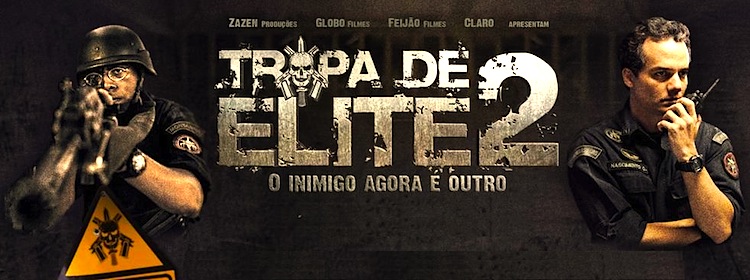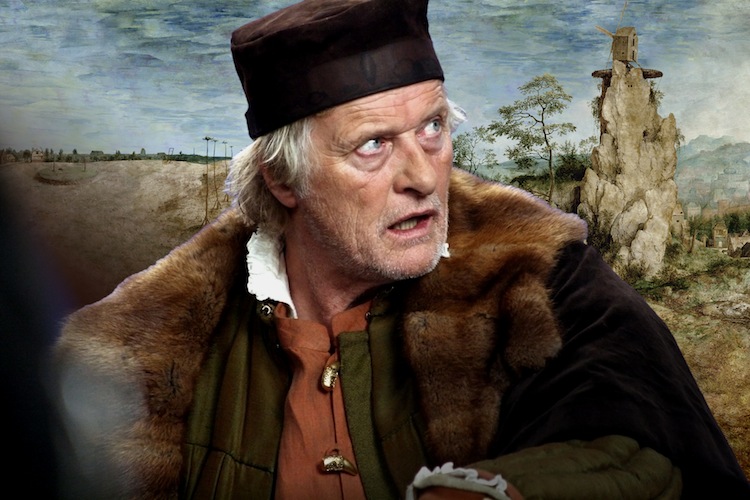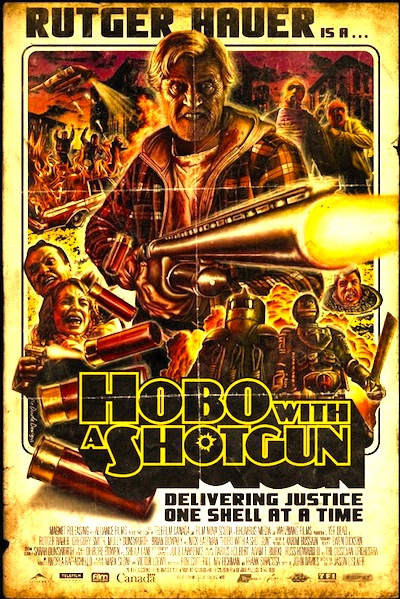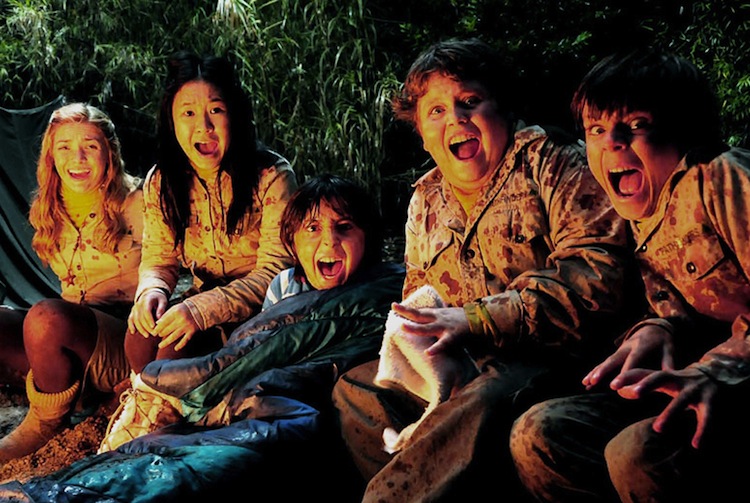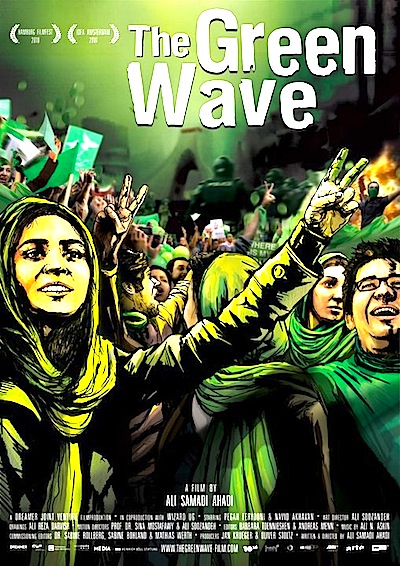By Joe Bendel. Watch out for those left wing academics. They will steal your wife and poison your son against you. At least that’s what happened to Colonel Nascimento, the leader of Rio’s SWAT team equivalent: the Special Police Operation Battalion, or BOPE in the Portuguese acronym. However, Nascimento still finds himself working with his nemesis to bring down a crypto-fascist criminal empire run by crooked cops and politicians in José Padilha’s Elite Squad 2: The Enemy Within (trailer above), which screened during the 2011 Sundance Film Festival.
Diogo Fraga is the Brazilian Al Sharpton. Whenever the inmates riot (which is often), they send for him to act as a “mediator.” However, when the latest standoff gets tense, Fraga starts to look like a legit hostage. When Nascimento’s protgege Matias sees his shot, he takes his shot, as per his training. Unfortunately, the resulting blood-splatter all over Fraga’s peace t-shirt is too rich not to exploit in the media, even if was meant to save his behind. As the officer in charge, Nascimento bears the brunt of Fraga’s protests, but the fearful public is completely behind him. Left with only one recourse, the politicians kick him upstairs to some sort of homeland security position.
Suddenly, Nascimento is setting criminal justice policy on a state level. He gives BOPE the resources they always needed and turns them loose on the cartels. Actually, it works too well, leaving a vacuum to be filled by “The System,” a ruthless syndicate run by crooked cops and hypocritical “law & order” politicians.
Evidently, Padilha was stung by the criticism of Elite 1 as an endorsement shoot-first-and-ask-questions-later vigilantism, considering how far he swings the pendulum over in Elite 2. Now the credo is depose-first-and-ask-follow-up-questions-later-in-committee-hearings.
At least Wagner Moura is still the ever-popular Nascimento, who looks like a non-descript everyman, but is seriously hard-nosed. His no-nonsense presence helps redeem Elite 2 from its constant attempts at redemption through sociopolitical relevancy. In a standout supporting turn, André Ramiro brings a scary intensity to the tightly wound Matias. Brazilian music lovers should also keep an eye out for superstar vocalist Seu Jorge, appearing early in the film as powerful drug kingpin.
There are some tightly executed action sequences in Elite 2, but the film is ultimately undone by its didactic political subplots. After all, one doubts many favela residents would identify over-zealous policing as the greatest problem they face. While not without its moments, Elite 2 strays too far from its roots – which ironically, probably makes it more attractive to American distributors, following its high profile screenings in the Spotlight section of this year’s Sundance Film Festival.
Posted on February 1st, 2011 at 9:43am.
